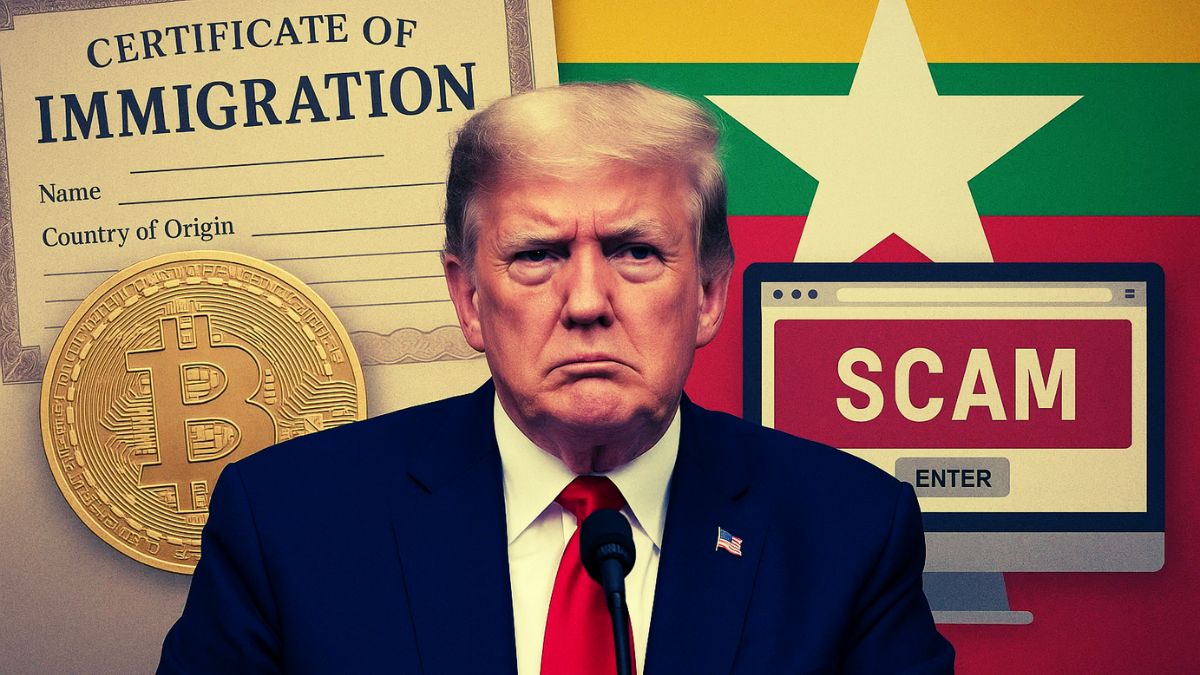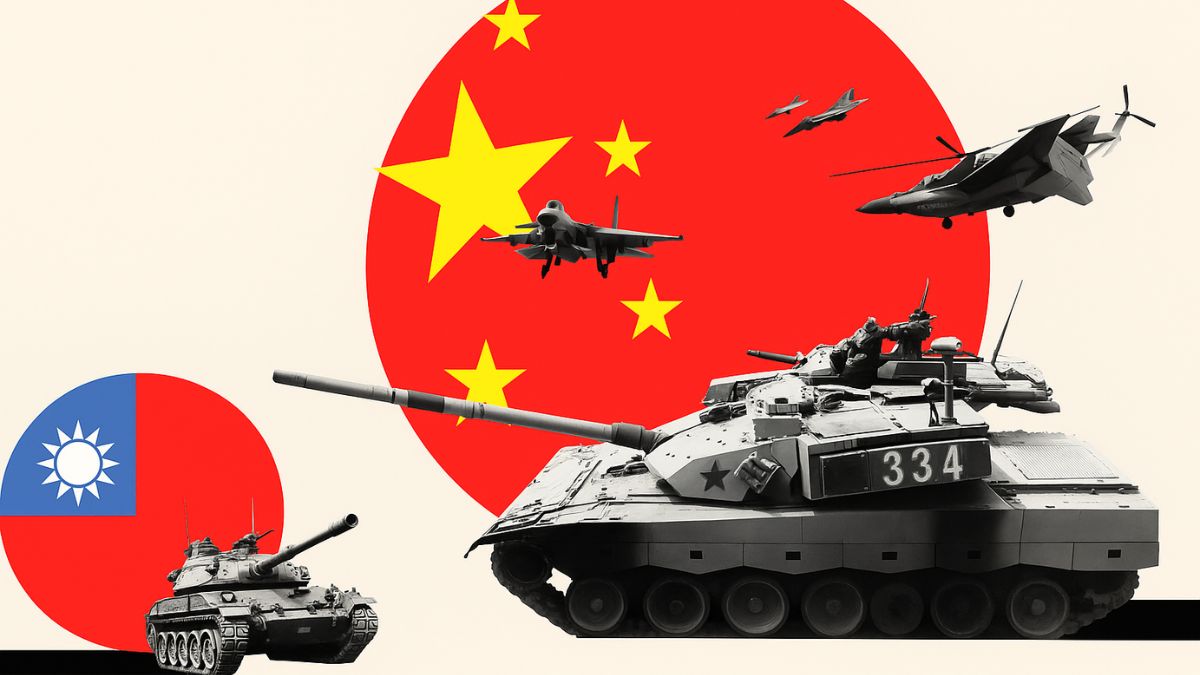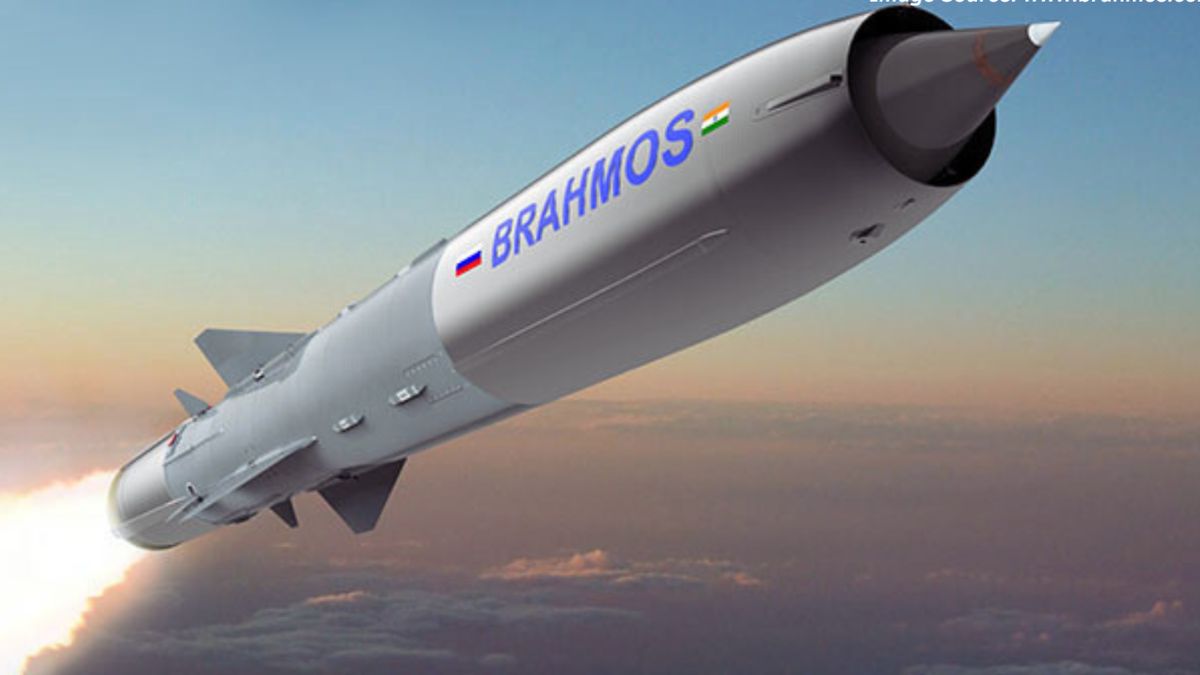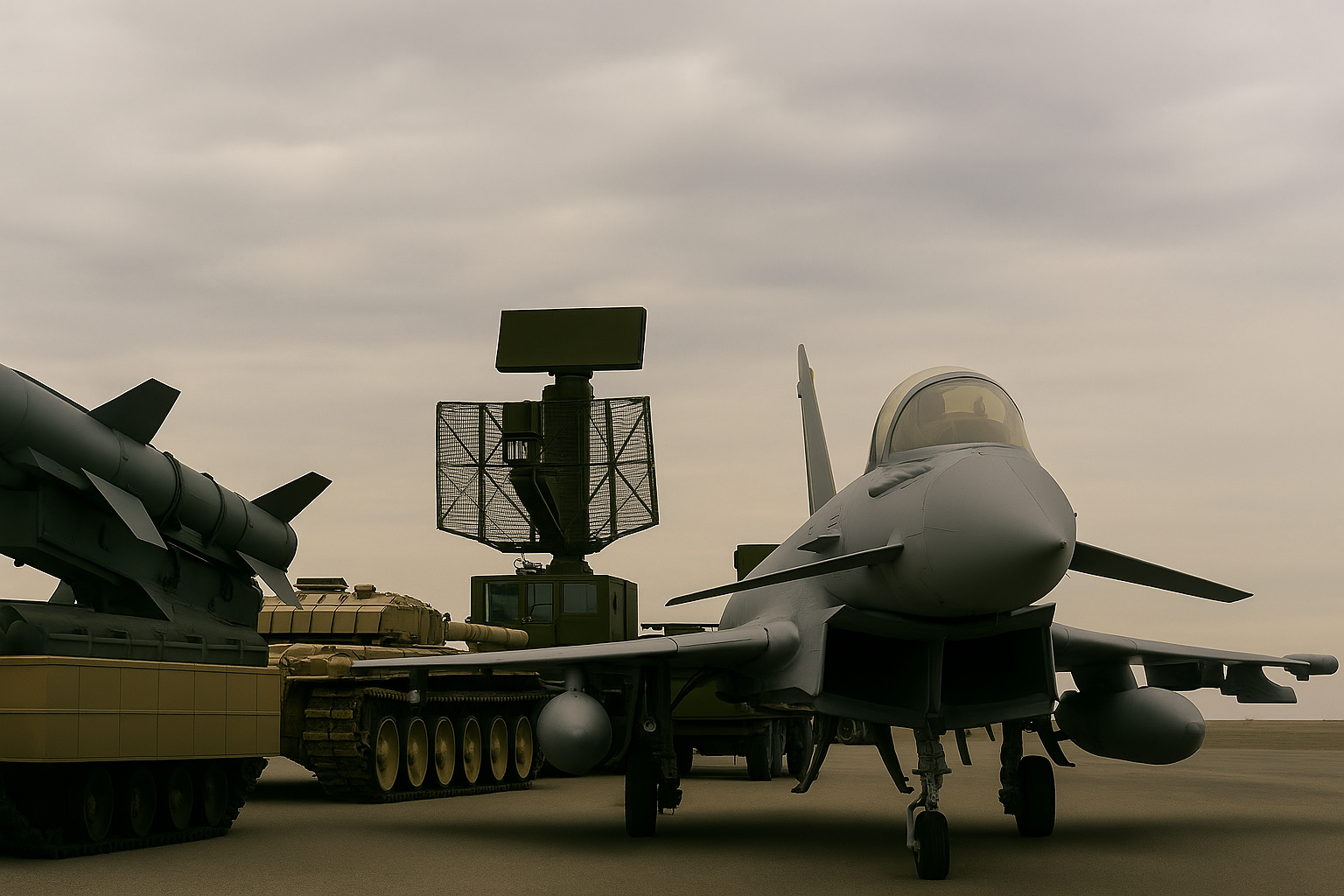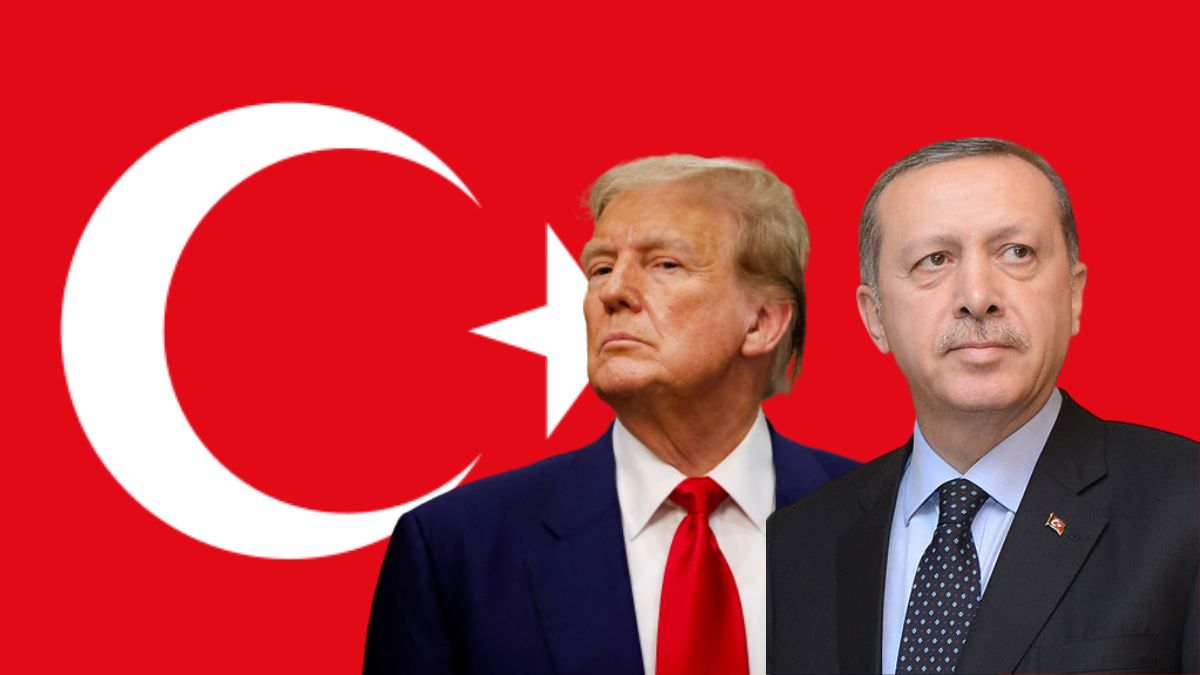How China Disturbs Order On Border: Mega Dam In AP And Now Railway Line Near LAC Through Aksai Chin
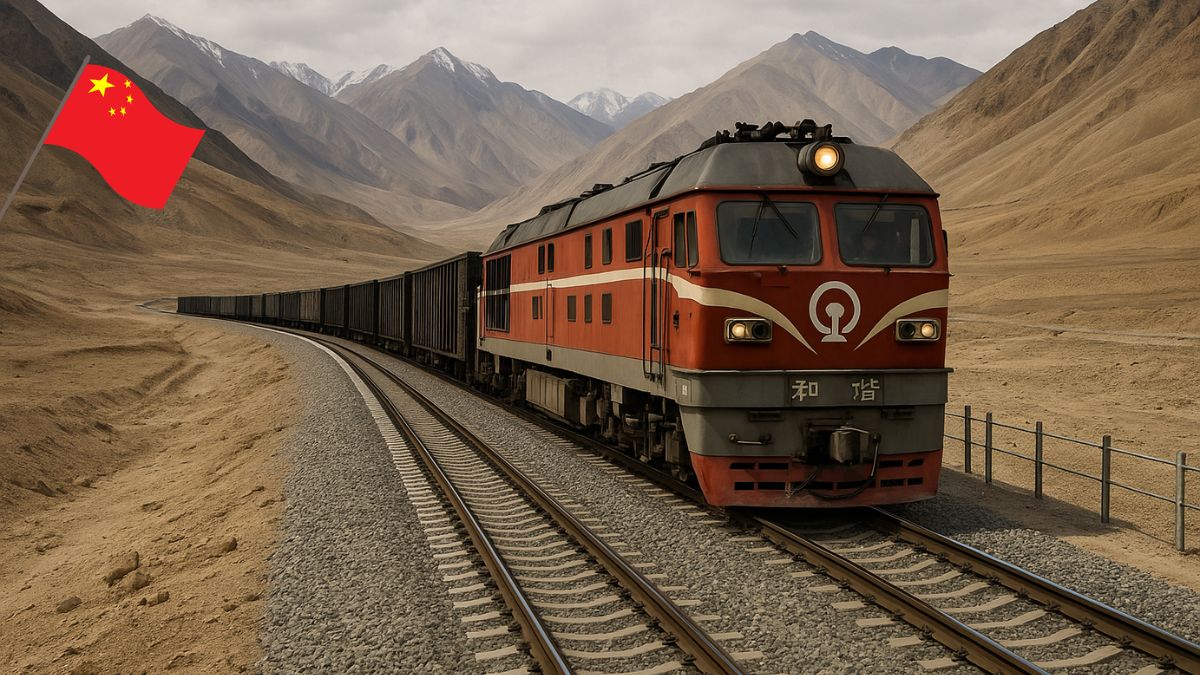
China is set to build a massive railway line linking Tibet and northwestern Xinjiang, which will pass near the LAC (Image courtesy: AI pic)
Whether it is the 1962 Indo-China war, the 2017 Doklam standoff or the latest 2020 Galwan Valley Clash, they all were a result of Beijing’s untoward actions on the border. Seems like China knows no bounds, quite literally. It has earned the infamous reputation of claiming regions as its own even if they fall within the neighbours’ territory.
It was China’s construction of the Xinjiang-Tibet highway (G219) through Aksai Chin in the late 1950s, which gave wind to the already simmering tensions and became a major flashpoint leading to the 1962 India-China War. Beijing once again seems to be walking a similar path.
While it is a mega $170 billion dam near Arunachal Pradesh in the east, China is working on a big railway project in the north near the Line of Actual Control (LAC) with India.
What is China’s latest railway project near LAC with India?
Pushing the rail network on the ‘Roof of the World’ Tibet, China is set to start construction of the Tibet-Xinjiang (northwestern province) railway project through Aksai Chin. This railway line is learnt to be near the Line of Actual Control (LAC) with India, and pass through the dispute Aksai Chin region.
Aksai Chin is a disputed region as though it is part of India, it has been under Chinese occupation since 1950.
It is now said that the latest railway project near LAC, would only give China more inroads near India’s border, thereby further disturbing the order. Moreover, the project raises dual concerns. One, the railway line will run through India’s Aksai Chin and close to the LAC. Second, this would help Beijing deploy troops and mobilise defence equipment faster to the border region.
China’s Xinjiang-Tibet rail: What is known so far about the project?
Apart from its proximity to LAC with India and Aksai Chin, the project is dubbed as one of Beijing’s most ambitious rail link yet. It is set to connect China’s northwestern Xinjiang province, home to the Uyghurs, with Tibet. A South China Morning Post report said that the line would run near the Line of Actual Control with India.
China is expected to start work on the line this year, as part of which, it will establish a 5,000 km plateau rail framework centred on Lhasa by 2035, with the 2,000-km Lhasa-Hotan (Xinjiang) line forming a strategic artery linking northwestern and southwestern China. The rail route will pass through the Kunlun, Karakoram, Kailash, and Himalayan mountain ranges, overseeing glaciers, frozen rivers.
“The proposed railway will begin in Shigatse in Tibet, and run northwest along the Nepal border, before cutting north through Aksai Chin and ending in Hotan in Xinjiang,” a February 2023 report in The Hindu claimed.
How China uses infra to cause disorder at the border?
It’s just not Chinese dams near India’s border, but rail tracks too. Late last month, it was reported that Beijing has officially kicked off the construction of its “super hydropower dam” on Brahmaputra river in Tibet region. Why it is a worry for India is because the dam is close to the Indian border in Tibet, which raises concerns about potential impacts on water flow, flood risks, and ecological damage in the low lying regions in India and Bangladesh.
Further, China is also expanding its railway network since the inauguration of railways to Tibet 2006. Since then, two more lines have come up – the Lhasa-Shigatse rail in 2014, and the Lhasa–Nyingchi line in 2021, which runs southeast towards the Arunachal Pradesh border.
Now, there are murmurs that this rail line could be extended further east to Chengdu.
Following China on its own lines, India is also increasing its infrastructure along the Chinese border. Moreover, Prime Minister Narendra Modi is also set to visit China for the first time since the 2020 Galwan Valley clash. He is expected to meet President Xi Jinping, a move being seen positively amid New Delhi’s tensions with the US over tariffs.



